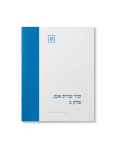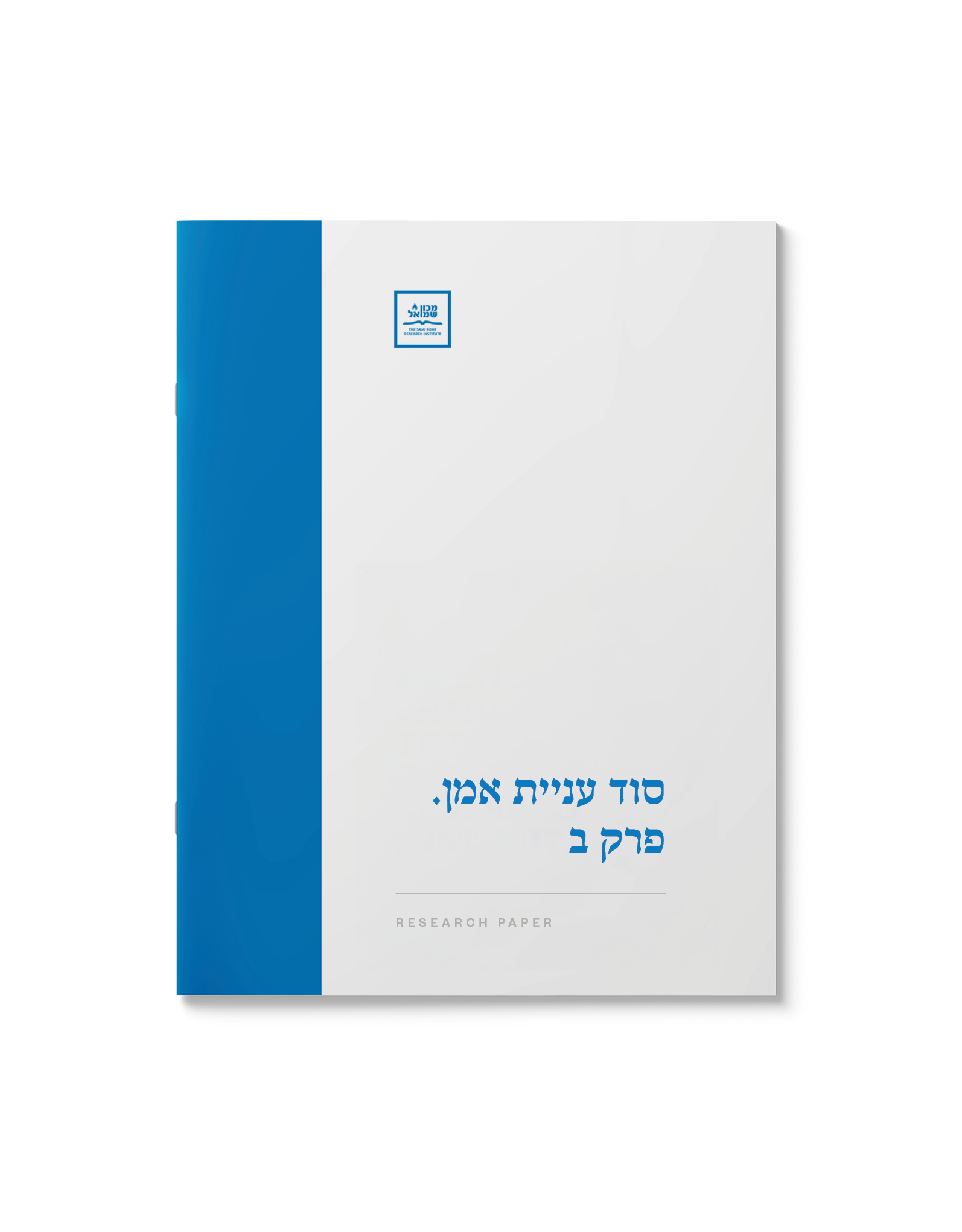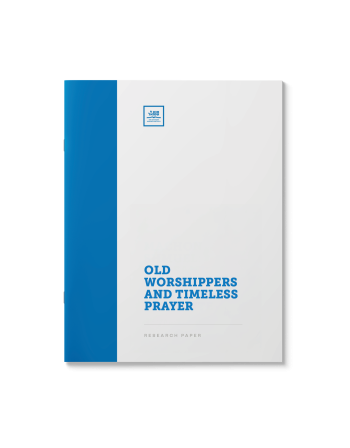סוד עניית אמן. פרק ב
$39.00
אמן׳ – מלה בת שלושה אותיות בלבד הטומנת בתוכה פנינים ומרגליות גם מתורת הנסתר והקבלה. מאמר המשך זה – פרק שני – בגדולתה של עניית אמן סוקר את סוד פעולת הברכה בעולם הספירות ועד המשכתה למטה על ידי עניית אמן. גדול העונה
| Language | Hebrew |
|---|---|
| Paper Type | Research Paper |
| Pages | 10 |
Related Products
A minyan of seniors, a common occurrence at old age homes, can be challenging. What does Jewish law say about seniors sleeping during the prayers, or seniors who are unable or unwilling to actively participate in the services?
G-d’s benevolence is all around us. Every day we experience divine salvation whether we know it or not. But sometimes these events truly transcend the natural order for which we owe G-d an additional debt of gratitude.
What is the appropriate way to express thanks to G-d when experiencing deliverance from danger? Is it preferable to do so discreetly or is a public celebration in order? What is the basis for the common custom of inviting friends to participate in a Seudas Hoda’ah (feast of gratitude)?
Related: Thanking G-d for Goodness Parts I and II
Find out what is required of one who prays when it comes to focusing one’s mind on the Almighty. To what degree is kavanah really necessary? Are there any techniques that provide a shortcut to healthy kavanah?
Part IV in a Series
As an expression of honor and submission, bowing before an authority has always been common. In Jewish prayer, numerous segments are associated with bowing and prostration. What are some of the reasons for bowing during the recital of Modeh Ani, Barchu, the Amida, Aleinu and during the Yom Kippur service?
Joining the congregation in their recital of kedusha is important on many levels. But what should one do if he is still reciting the silent Amida? Or just about to begin? When a worshiper’s private Amida collides with the recital of Kedusha by the congregation, what is the appropriate response?
Beseeching the Creator for His benevolence and salvation is a practice of universal import and value. But how did the uniquely Jewish form of prayer evolve? What was the process by which the first siddurim were designed?
Part II in a Series
A digest of the philosophy behind communal prayer. What makes it so valuable? What purpose does it serve? Does the prayer of the individual not achieve the same as the prayers of a congregation? A look at the deeper meaning of tefilah b’tzibbur.
Table of Contents
The Shul generally davens Nusach Ashkenaz and their Chabad Rav has been serving as shliach tzibur for Ne’ilah for over thirty years. Instead of repeating the Yud Gimmel Midos seven times, he only recites them three times, and has done so for over three decades. Has the Rabbi deviated from a well-established norm dating back over a millennium, or is the congregation blissfully unaware of the genesis of this practice? This paper highlights all available original sources on the matter and allows the reader to draw his own conclusion.
The greatest cantorial pieces call for the
repetition of certain words. When is this allowed? What is the issue? And what
role, if any, does the Chazzan play in Chabad philosophy?
If Birkat Kohanim is one of Judaism’s most cherished blessings, why outside of Israel today is it so rarely recited? Why in Jerusalem is it sung daily, but only seldom in the Diaspora? Why do we seem to disregard how Shulchan Aruch regulates Birkat Kohanim?
אמן. מילה קטנה הטומנת בתוכה אוצרות גדולות. המילה שהפכה לביטוי עמקי האמונה, בכוחה להמשיך ברכות וכוחות עצומים. מהו אפוא סודה של עניית אמן? האיך אמור האדם להתחבר אליה במדה מלאה? סקירה מקיפה לאור גנזי הקבלה והחסידות (חלק א).
One of the focal points of the High-Holiday prayers is the recital of the “Thirteen Attributes of Mercy” revealed by G-d to Moshe as key to arousing divine mercy (Shemot 34:6-7).
The Rishonim labored to identify the precise words of the verse that represent each of the thirteen attributes, yielding multiple interpretations.
Understanding the meaning of these attributes according to the Kabbalistic tradition of the Zohar and Arizal provides for a slightly different division of the words in the verse.
This collection provides some background on the significance of the Yud Gimmel Midos HaRachamim and its mystical meaning.















![Identifying the Thirteen Attributes of Mercy (Sources) [New!]](https://catalog.myjli.com/wp-content/uploads/2025/05/SAMSTAM-350x448.png)